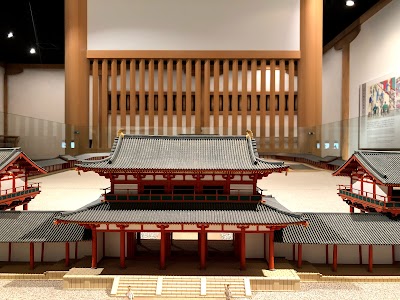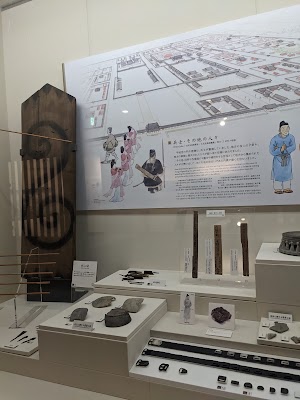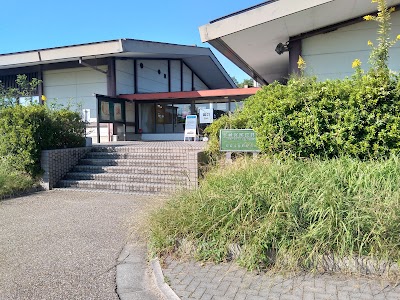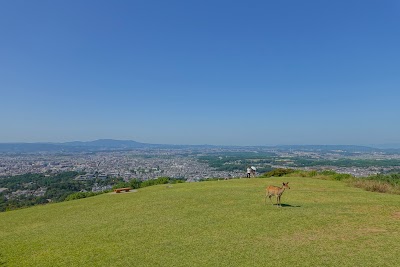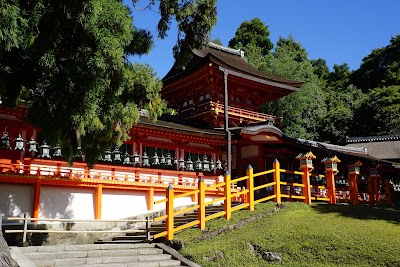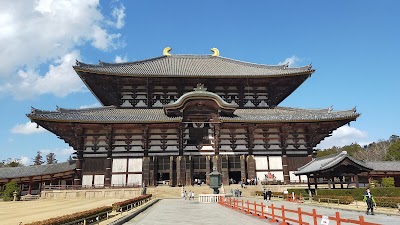Heijō Palace (平城宮跡)
Overview
Heijō Palace, situated in the city of Nara in Nara Prefecture, Japan, is a treasure trove of history and a must-visit destination for anyone fascinated by Japanese culture and heritage. Dating back to the 8th century, this magnificent palace served as both the imperial residence and the government center during the Nara period, from 710 to 784 AD. It was in 710 AD that Nara, then known as Heijō-kyō, was designated as Japan's first permanent capital, heralding an era of remarkable cultural and political development.
The palace itself sprawls over an impressive area of approximately one square kilometer, a reflection of the grandeur and significance it once commanded. Its meticulously planned layout and splendid structures stand as a testament to the architectural and urban planning prowess of the period. The Heijō Palace grounds are not just historical; they are an archaeological delight that offers a fascinating glimpse into the lives of Japan's ancient rulers.
One of the most striking features of Heijō Palace is the **Daigokuden**, or the Great Hall of State. This imposing building was the epicenter of political activity, serving as the venue where emperors conducted state ceremonies and court affairs. Although the original structure succumbed to the ravages of time, a painstaking reconstruction was completed in 2010, allowing visitors to appreciate its historic significance and architectural splendor in all its glory.
Another highlight is the **Suzaku Gate**, the grand entrance to the palace grounds, which has been beautifully restored. Painted in vibrant red and white, this gate symbolizes the power and prestige of the ancient capital. As visitors pass through the Suzaku Gate, they are transported back in time to an age of emperors and flourishing court life.
Heijō Palace is more than just a single building—it's an expansive complex that includes various halls, gates, and even gardens. The **East Palace Garden**, reconstructed based on historical records and archaeological findings, offers a serene escape with its elegant water features and meticulously landscaped greenery. This garden not only provides a picturesque setting but also helps visitors gain insights into the aesthetic values and horticultural practices of the Nara period.
For those with an interest in archaeology, the **Heijō Palace Site Museum**, located within the palace grounds, is a must-visit. The museum houses an impressive collection of artifacts uncovered during extensive excavations, including pottery, tools, and everyday items from the Nara period. The exhibits offer valuable insights into the life, culture, and technological advancements of this fascinating time in history.
A captivating aspect of Heijō Palace is its history of abandonment after the capital was relocated to Kyoto in 784 AD, which led to centuries of neglect. Ironically, this abandonment contributed to the preservation of its archaeological significance. Rediscovery and subsequent excavations in the 20th century revealed a wealth of information about early Japanese civilization, making it an invaluable resource for historians and scholars alike.
Heijō Palace is also recognized as a **UNESCO World Heritage site**, celebrated for its historical, cultural, and architectural significance. Visiting this site offers a unique opportunity to walk in the footsteps of ancient emperors and witness the grandeur of Japan's early capital. The expansive grounds are ideal for leisurely exploration, and informative signs provide context in multiple languages, ensuring accessibility for international visitors.
Getting to Heijō Palace is relatively straightforward. It is located about a 20-minute bus ride from JR Nara Station or a short walk from Yamato-Saidaiji Station. As you approach the site, expansive fields and the impressive structures of the reconstructed palace create an awe-inspiring experience right from the start.
In summary, Heijō Palace is an essential destination for anyone visiting Nara Prefecture. Its historical significance, combined with meticulous reconstruction efforts, offers a fascinating window into Japan's past. Whether you are a history enthusiast, an architecture buff, or simply someone looking to enjoy a day surrounded by beautiful reconstructions and peaceful gardens, Heijō Palace has something to offer everyone. Don't miss this remarkable site, which holds an important place in Japan's rich cultural tapestry.


